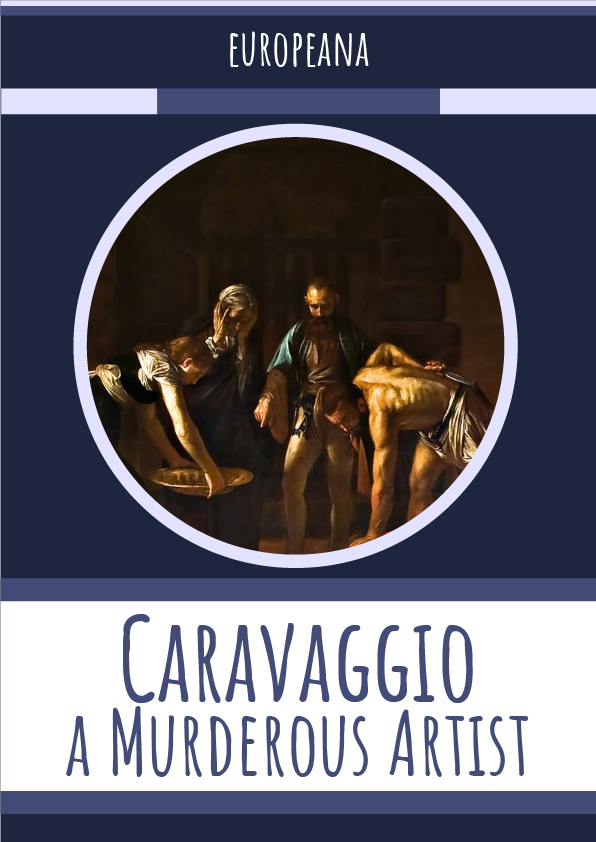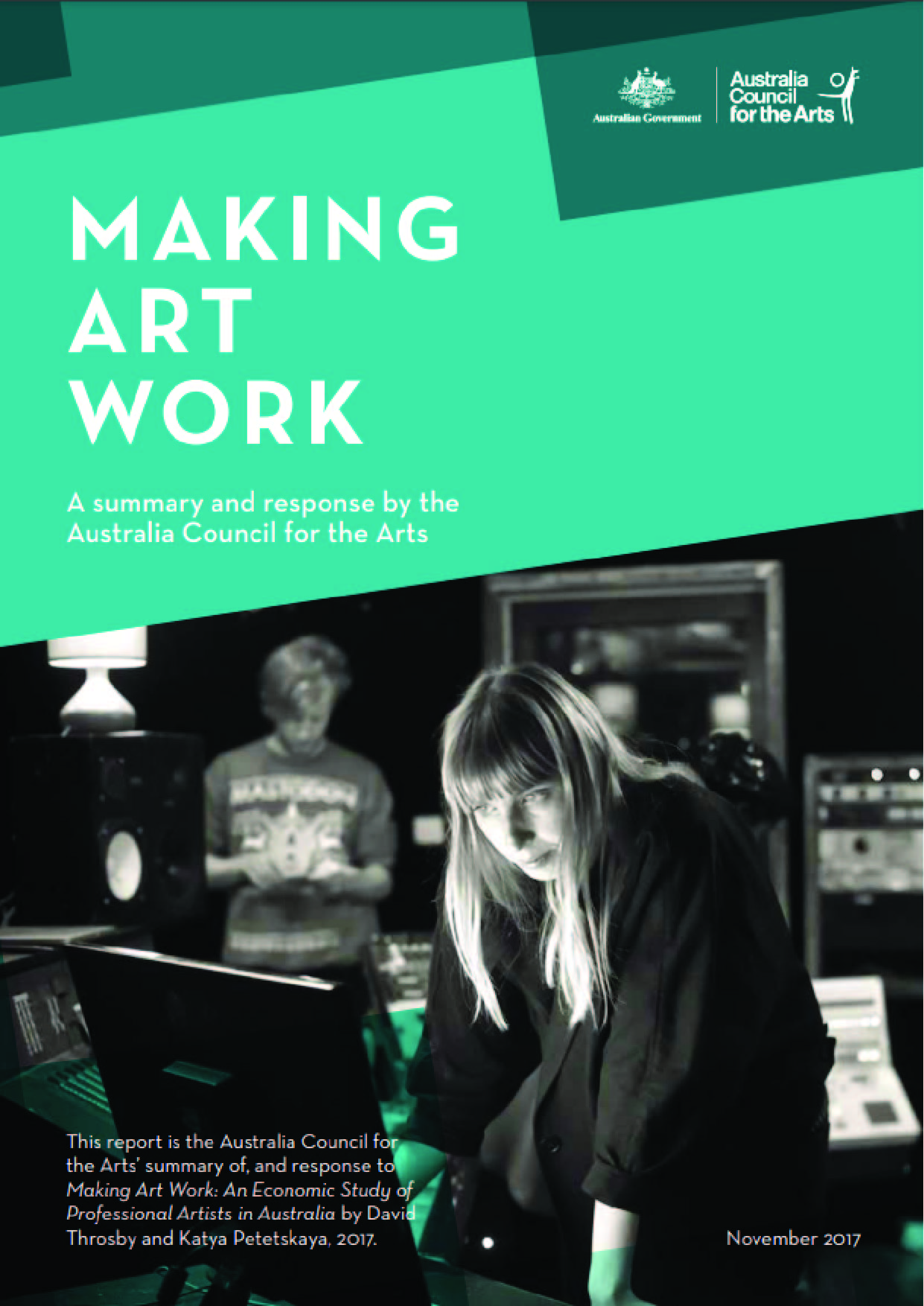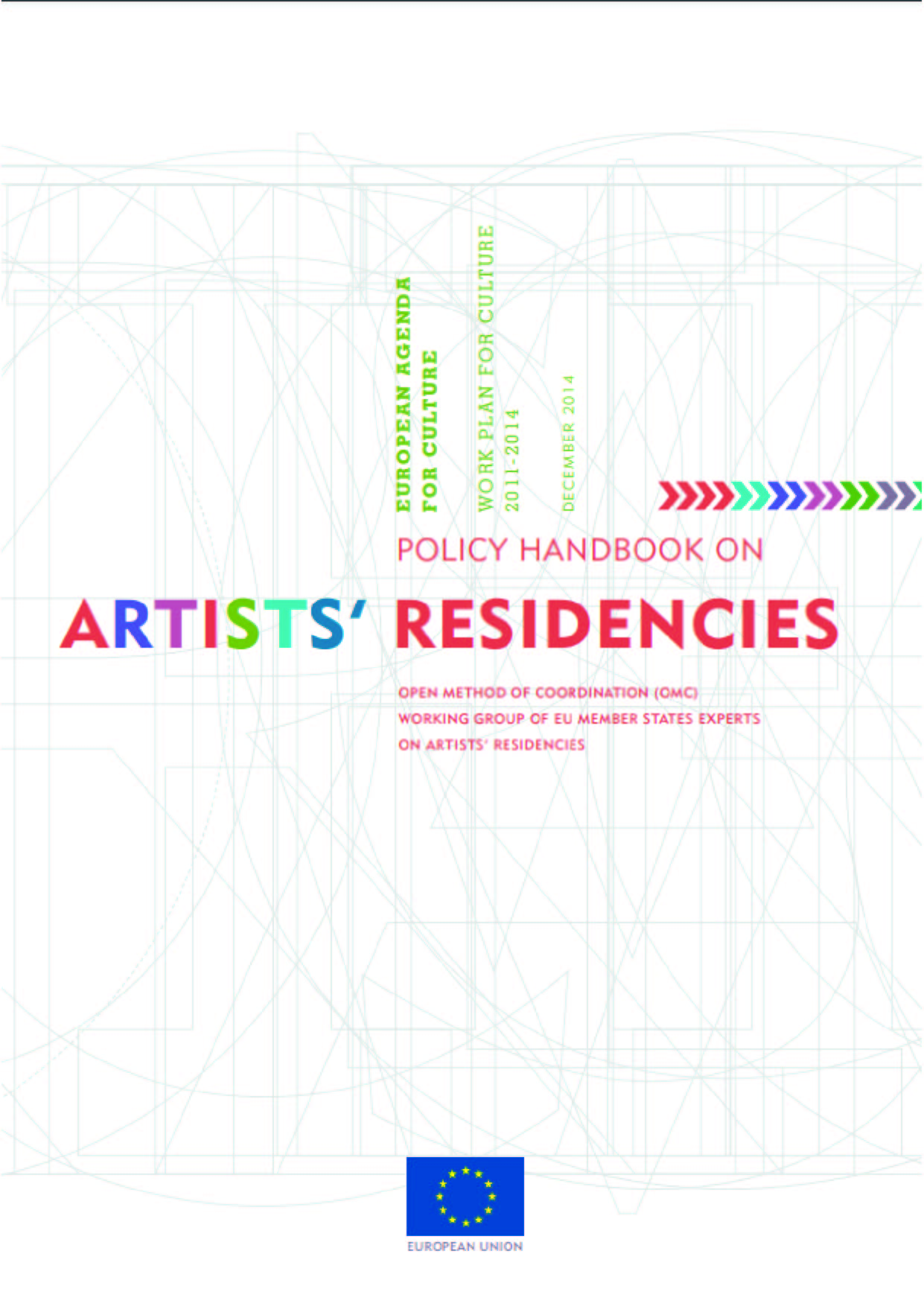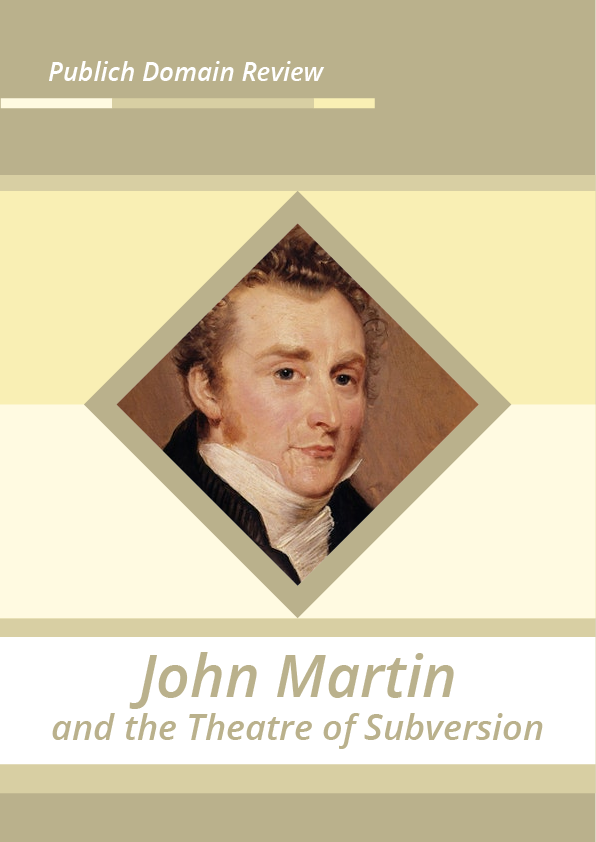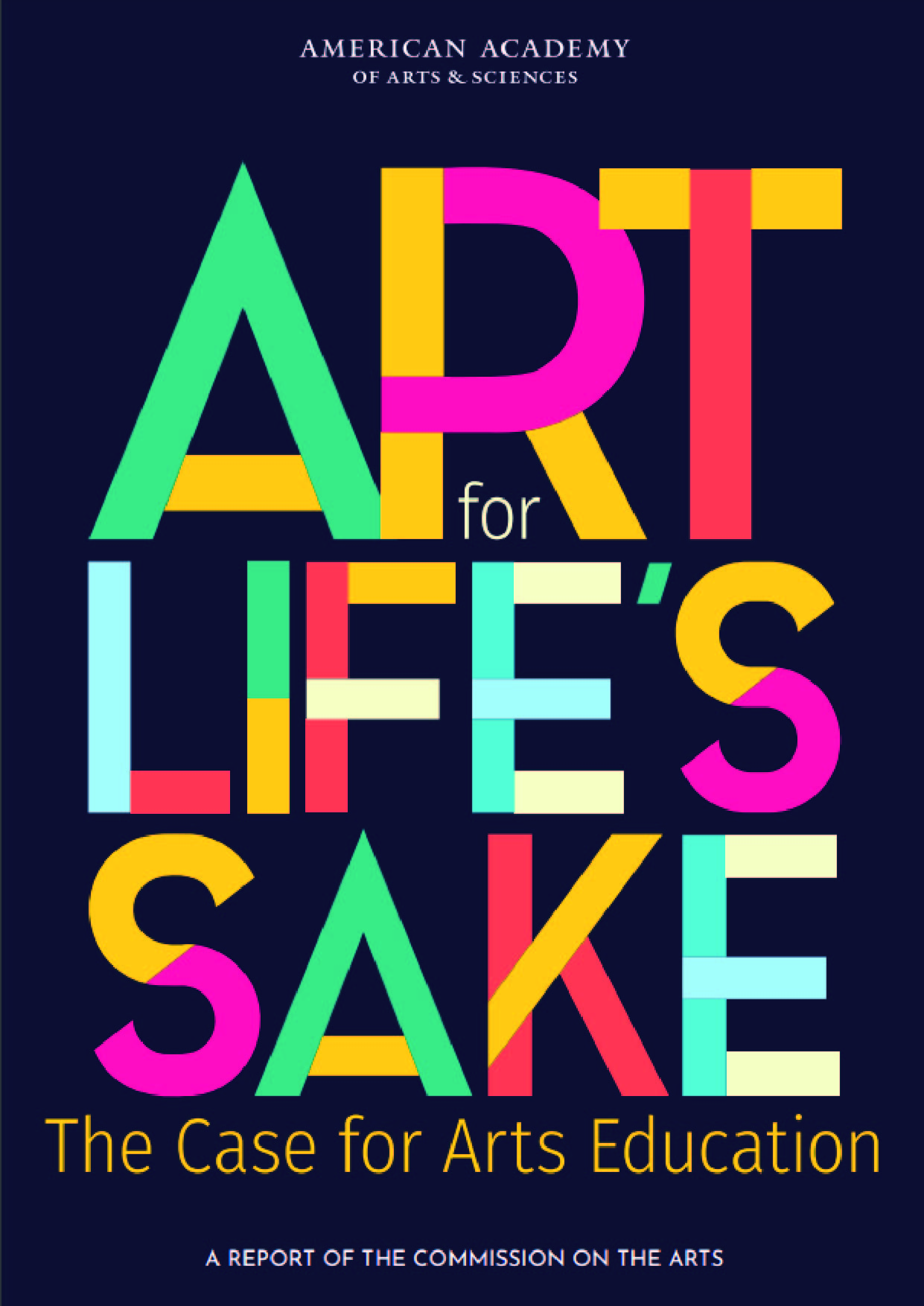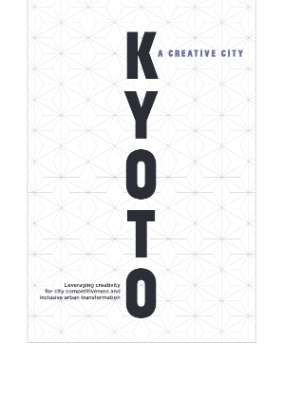Today we explore the dramatic life story of the Baroque artist Michelangelo Merisi da Caravaggio – who was born on 29 September 1571.
Here are five things that you might not know about Caravaggio:
- He lost most of his family to the plague that devastated Milan in 1577, when he was just six years old.
- He was a dangerous man whose violent attacks held a particular kind of logic: a waiter who questioned his taste was rewarded with a plate in the face; a man who insulted Caravaggio behind his back was in turn attacked from behind with a sword.
- Caravaggio fought a pre-arranged duel with a man named Tomassoni. The quarrel is thought to have been over a woman, Tomassoni’s wife. The fight was to the death and Caravaggio won.
- The Santa Maria del Popolo in Rome houses a Caravaggio painting, The Conversion of St Paul, and a rather clever insult to a rival artist, Carracci, whose Madonna is displayed in the same church. In Caravaggio’s painting, the rear of St Paul’s horse is pointed quite deliberately towards the face of the Madonna in Carracci’s work.
- Caravaggio met his death when a man seeking revenge for an earlier attack slashed Caravaggio’s face with a knife. The injuries were so bad that Caravaggio was virtually unrecognisable. The painter never fully recovered and died a few months later, in 1610.
The Baroque style, which used exaggerated motion and clear, easily interpreted detail to produce drama and grandeur, was encouraged by the Roman Catholic Church, which wanted the arts to convey religious themes and encourage direct emotional involvement. Did the movement’s emphasis on exaggeration, emotion and drama stoke the fire of Carvaggio’s violence? Or did the existence of a vicious temperament lead the man to be a great artist, second only to Michelangelo in terms of Italian art influence?
One thing is clear – his experience of real-life horrors and a dispensation for violence is borne out in his work. His commissions included religious works featuring ‘violent struggles, grotesque decapitations, torture and death’ (Caravaggio Foundation).
Despite a relatively short career – he died at the age of 38 – Caravaggio’s work had a huge influence on the younger artists in Rome at the time. ‘Caravaggism’ became a new style followed by a school of painters termed the ‘Caravaggisti’. Pockets of Caravaggisti sprang up in Rome, Naples and the Utrecht (characteristics of his work can be seen in paintings by Rubens, Vermeer, Rembrandt and Velázquez) but were largely short-lived. It was not until the 20th century that the significance of Caravaggio’s work to Western art was widely acknowledged.
